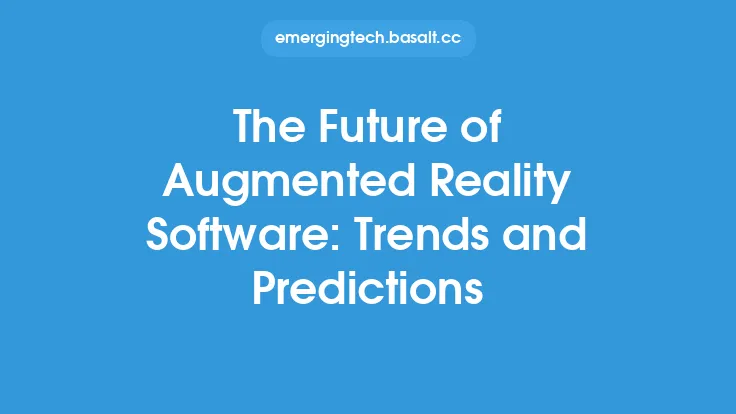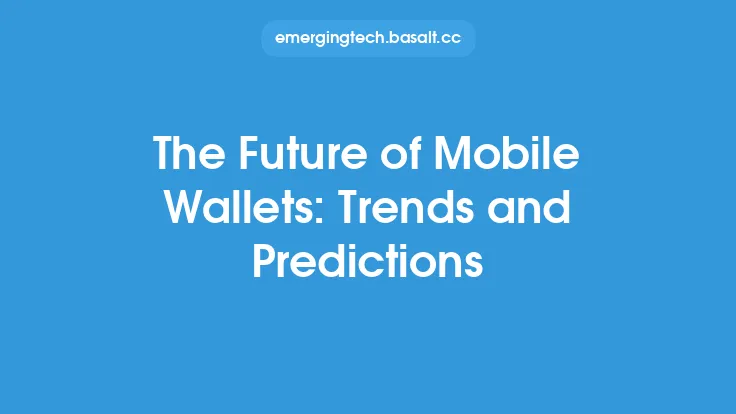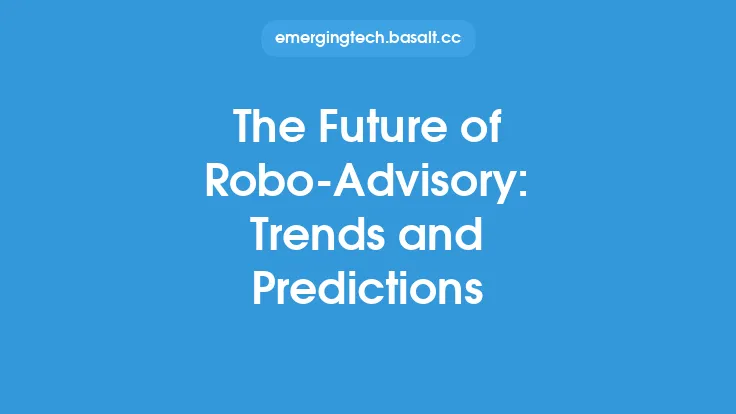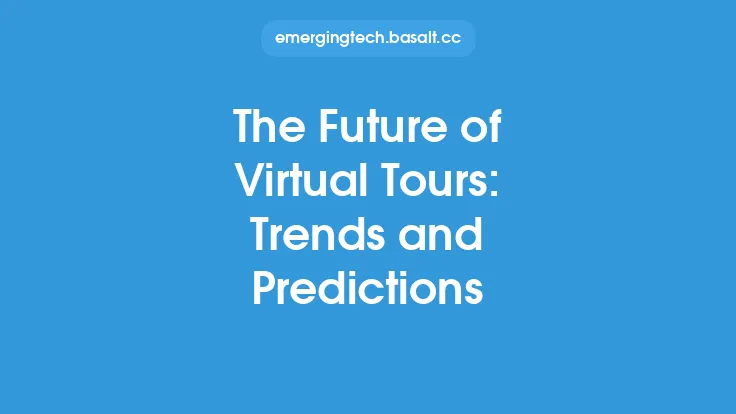The concept of serverless computing has been gaining traction in recent years, and its future looks promising. As the technology continues to evolve, we can expect to see significant advancements in the field. In this article, we will explore the trends and predictions that will shape the future of serverless computing.
Introduction to Serverless Computing Trends
Serverless computing is a cloud computing model in which the cloud provider manages the infrastructure and dynamically allocates computing resources as needed. This approach allows developers to focus on writing code without worrying about the underlying infrastructure. The trend towards serverless computing is driven by the need for greater scalability, flexibility, and cost-effectiveness in software development. As the demand for serverless computing continues to grow, we can expect to see new trends and innovations emerge.
Advancements in Function-as-a-Service (FaaS)
Function-as-a-Service (FaaS) is a key component of serverless computing, allowing developers to write and deploy small code snippets, known as functions, without worrying about the underlying infrastructure. In the future, we can expect to see significant advancements in FaaS, including improved support for languages, increased scalability, and better integration with other cloud services. For example, cloud providers may offer more advanced FaaS platforms that support a wider range of programming languages, such as Python, Java, and C++. Additionally, FaaS platforms may become more scalable, allowing developers to handle large volumes of requests without experiencing performance issues.
Increased Adoption of Event-Driven Architecture
Event-driven architecture (EDA) is a design pattern that involves building applications around events, such as user interactions or changes to data. Serverless computing is well-suited to EDA, as it allows developers to write code that responds to events without worrying about the underlying infrastructure. In the future, we can expect to see increased adoption of EDA, as more developers recognize the benefits of building event-driven applications. This may involve the use of messaging queues, such as Apache Kafka or Amazon SQS, to handle events and trigger functions.
Growing Importance of Security and Compliance
As serverless computing becomes more widespread, security and compliance will become increasingly important. Developers will need to ensure that their serverless applications are secure and compliant with relevant regulations, such as GDPR and HIPAA. In the future, we can expect to see more advanced security features, such as encryption, access controls, and monitoring tools, to help developers secure their serverless applications. Additionally, cloud providers may offer more comprehensive compliance frameworks, such as AWS Well-Architected Framework, to help developers ensure that their applications meet regulatory requirements.
Rise of Serverless Databases
Serverless databases are a new type of database that allows developers to store and manage data without worrying about the underlying infrastructure. Serverless databases, such as Amazon Aurora Serverless or Google Cloud SQL, offer a range of benefits, including automatic scaling, high performance, and cost-effectiveness. In the future, we can expect to see increased adoption of serverless databases, as more developers recognize the benefits of using a serverless database. This may involve the use of new database technologies, such as NoSQL databases or graph databases, to support a wide range of use cases.
Increased Focus on Observability and Monitoring
As serverless computing becomes more complex, observability and monitoring will become increasingly important. Developers will need to be able to monitor and debug their serverless applications in real-time, to ensure that they are performing as expected. In the future, we can expect to see more advanced observability and monitoring tools, such as distributed tracing, logging, and metrics, to help developers understand and optimize their serverless applications. Additionally, cloud providers may offer more comprehensive monitoring frameworks, such as AWS X-Ray or Google Cloud Monitoring, to help developers monitor and debug their serverless applications.
Emerging Trends in Serverless Computing
There are several emerging trends in serverless computing that are worth noting. One trend is the use of serverless computing for machine learning and artificial intelligence (AI) workloads. Serverless computing provides a flexible and scalable way to deploy machine learning models, and we can expect to see more developers using serverless computing for AI workloads in the future. Another trend is the use of serverless computing for edge computing, which involves deploying applications at the edge of the network, closer to users. Serverless computing provides a flexible and scalable way to deploy edge applications, and we can expect to see more developers using serverless computing for edge computing in the future.
Conclusion
In conclusion, the future of serverless computing looks promising, with significant advancements expected in the field. As the technology continues to evolve, we can expect to see new trends and innovations emerge, including advancements in FaaS, increased adoption of EDA, growing importance of security and compliance, rise of serverless databases, increased focus on observability and monitoring, and emerging trends in serverless computing. By understanding these trends and predictions, developers can better prepare themselves for the future of serverless computing and take advantage of the benefits that it offers.





